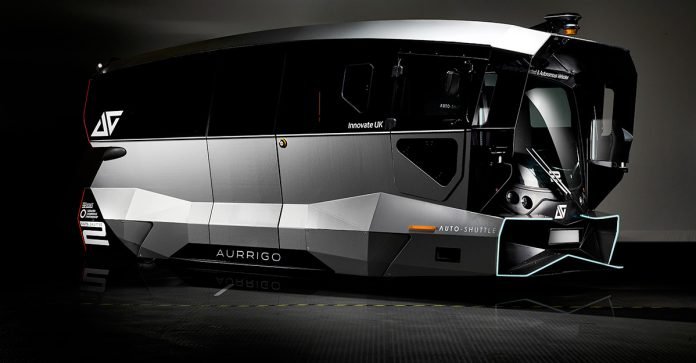In the changing realm of urban transportation, the introduction of autonomous vehicles marks a significant move toward more sustainable and effective ways of getting around. Central to this shift is the Aurrigo Auto-Shuttle, a notable example of innovation in city transport.
This article aims to provide a detailed examination of the Auto-Shuttle, covering its design features, real-world trials, and the broader impact it could have on public transport systems. Through an exploration of its capabilities and performance in various settings, we’ll assess how it stands to influence the future of urban mobility.
The genesis of the Auto-Shuttle
The Aurrigo Auto-Shuttle emerges as the world’s first purpose-built vehicle that seamlessly integrates conventional electric and autonomous driving capabilities. Powered by a 30bhp electric motor, it boasts a commendable speed of up to 30mph and an impressive range exceeding 120 miles.
As a ten-seat passenger vehicle, it offers versatility by functioning either fully autonomously or manually as a conventional electric vehicle (EV) shuttle, marking it as the first road-legal vehicle manufactured by the Group.
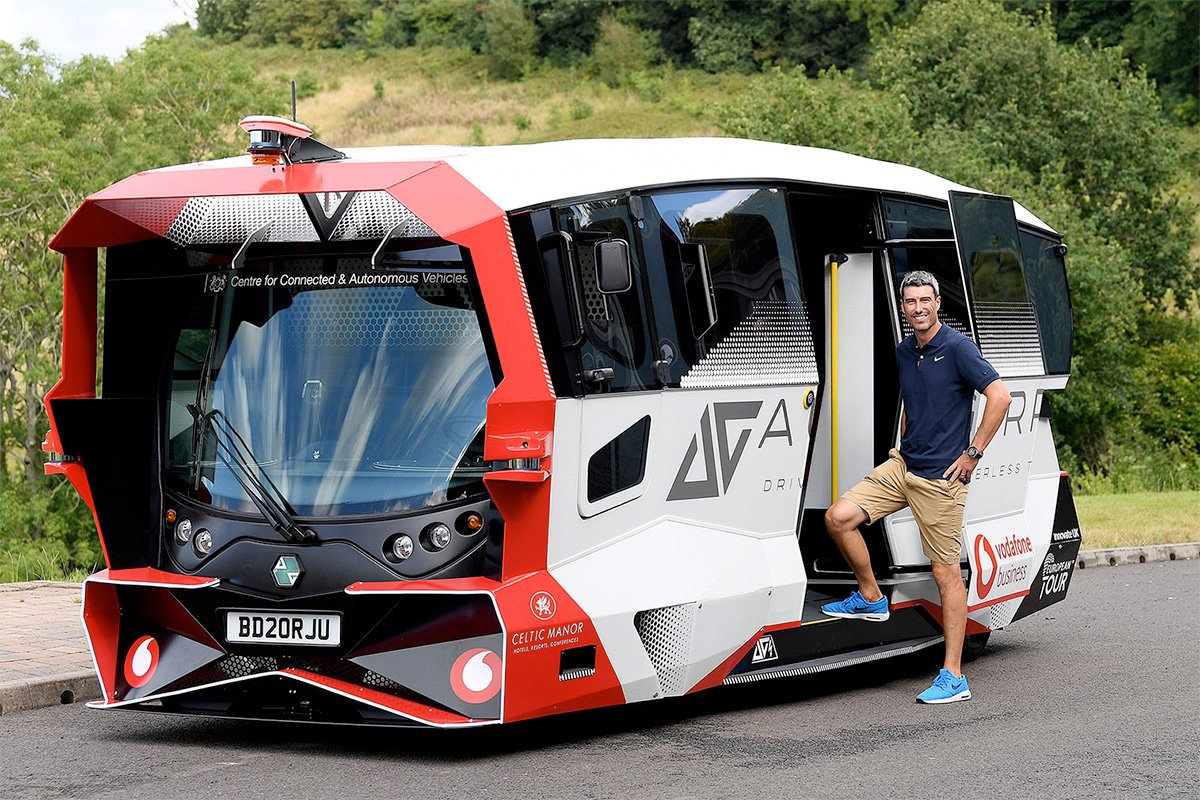
Designed to cater to under-served or less cost-efficient regions, the Auto-Shuttle aims to enhance public transport in various settings, including city centres, airports, shopping and care facilities, as well as heritage sites. It represents an economical solution, facilitating the movement of passengers in airports from terminals and supporting operations such as VIP and crew transport.
Transformative features and benefits
Aurrigo’s Auto-Shuttle is lauded for its array of excellent features that promise to revolutionize urban mobility. By providing a reliable service for shift workers, weekend shoppers, and city revellers, it sets a new standard for public transportation systems worldwide. The shuttle’s autonomous capability not only ensures safer travel for passengers and pedestrians but also significantly reduces operator labour costs by eliminating the need for a driver.
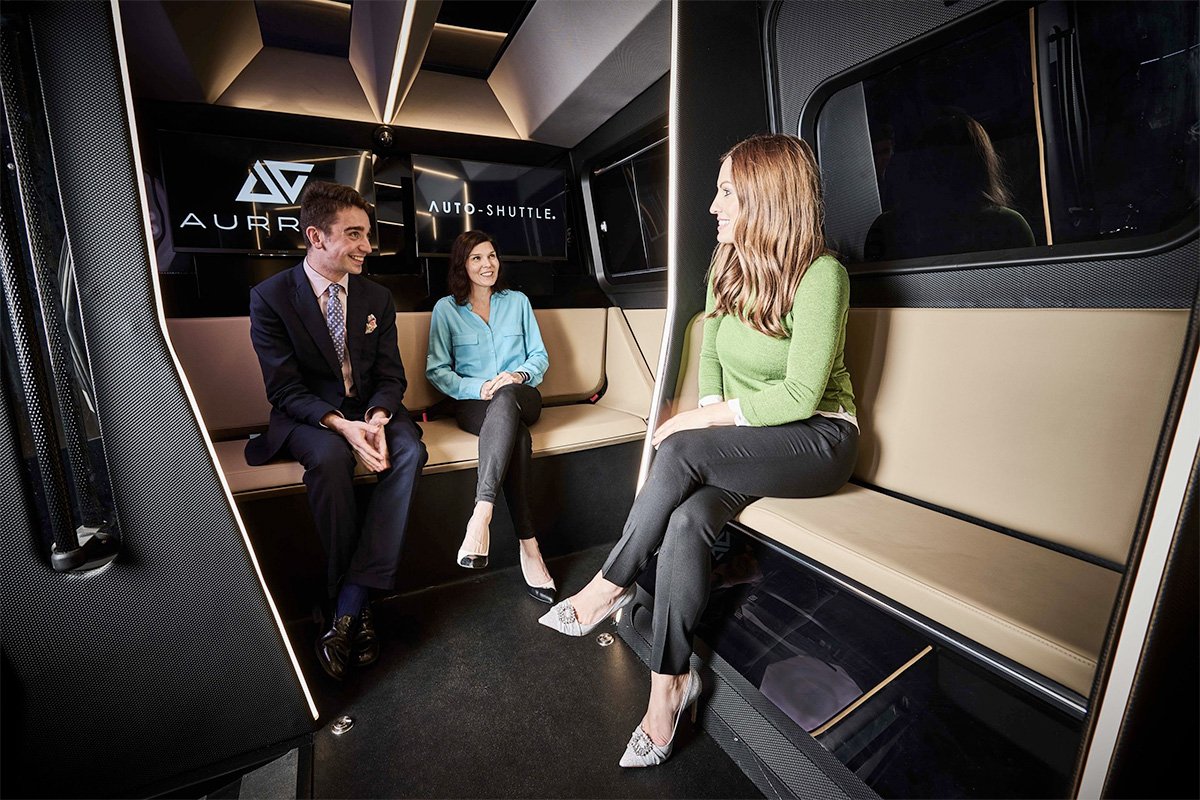
The vehicle’s autonomous nature is supported by advanced technology, including five LIDAR sensors and seven cameras, creating a comprehensive 360-degree view of its surroundings. This enables precise navigation and enhanced safety, offering a template for future transport systems that can be replicated globally.
The Milton Keynes trial: A step forward
In November 2023, Milton Keynes became the testing ground for the Auto-Shuttle as part of the Europe-wide LivingLAPT research project, led by University College London (UCL) and funded by EIT Urban Mobility.
This trial, the most extended and geographically complex of its kind, aimed to explore the practicalities and public reception of autonomous shuttles in urban environments. The shuttle, capable of carrying up to 15 passengers, embarked on a city centre loop, showcasing its ability to navigate complex urban landscapes.
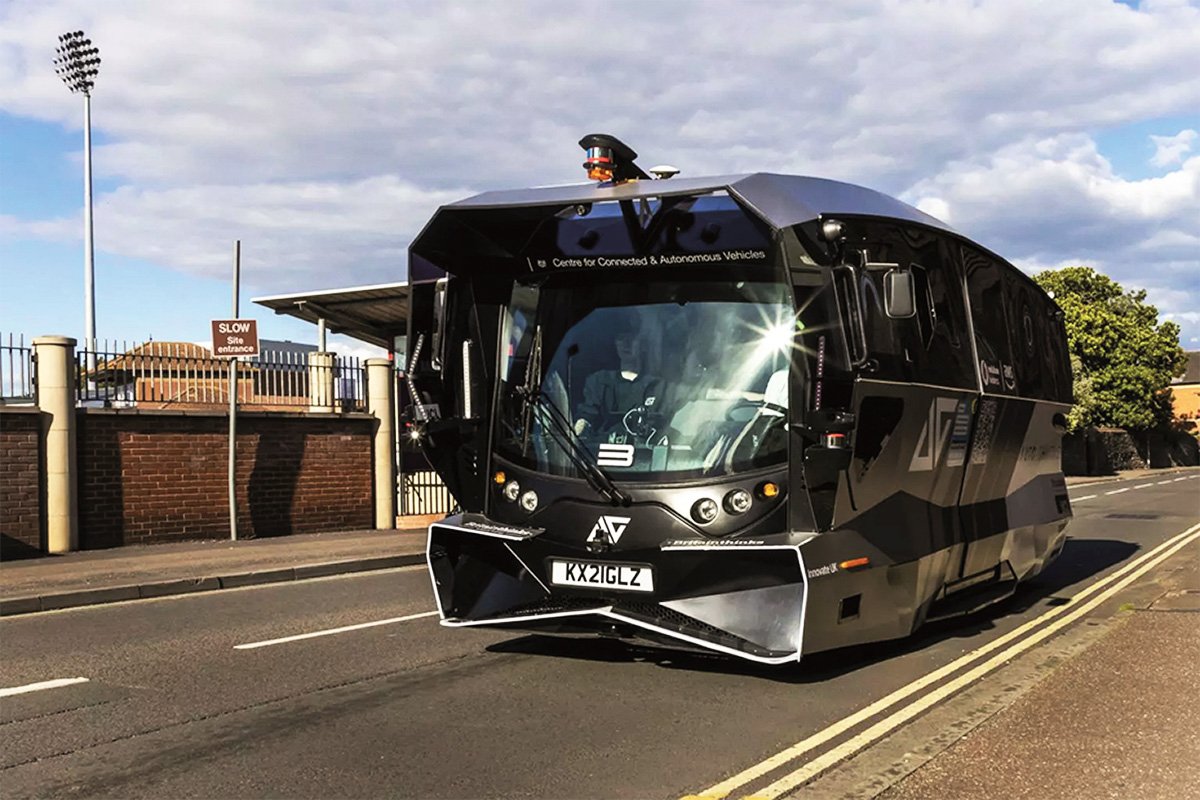
The trial in Milton Keynes, following previous tests in various European cities, underscored the city’s commitment to pioneering sustainable technology trials. The research conducted by UCL sought to understand how the service could evolve to meet passenger needs, focusing on reducing the necessity for human safety operators and enhancing the balance between safety and public trust.
Conclusion: The road ahead
The Aurrigo Auto-Shuttle stands as a testament to the potential of autonomous vehicles in enriching urban mobility solutions. By offering a blend of efficiency, safety, and sustainability, it paves the way for a new era of public transport. The trials and research surrounding the Auto-Shuttle not only demonstrate its feasibility but also provide valuable insights into the future development of autonomous vehicle deployments in real-world situations.
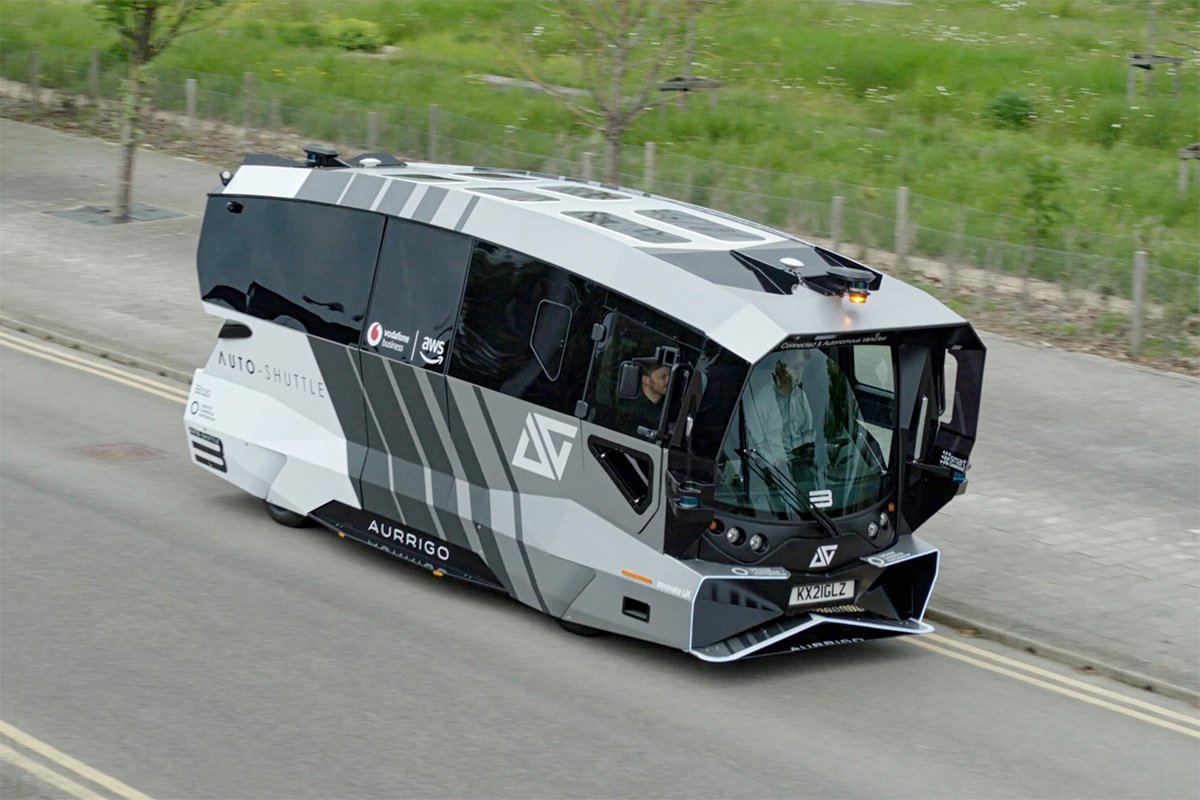
As urban areas continue to grow and evolve, the demand for innovative and efficient transport solutions becomes increasingly paramount. The Aurrigo Auto-Shuttle, with its pioneering design and technology, offers a glimpse into a future where autonomous vehicles play a central role in shaping the dynamics of urban mobility.
Source: Aurrigo

